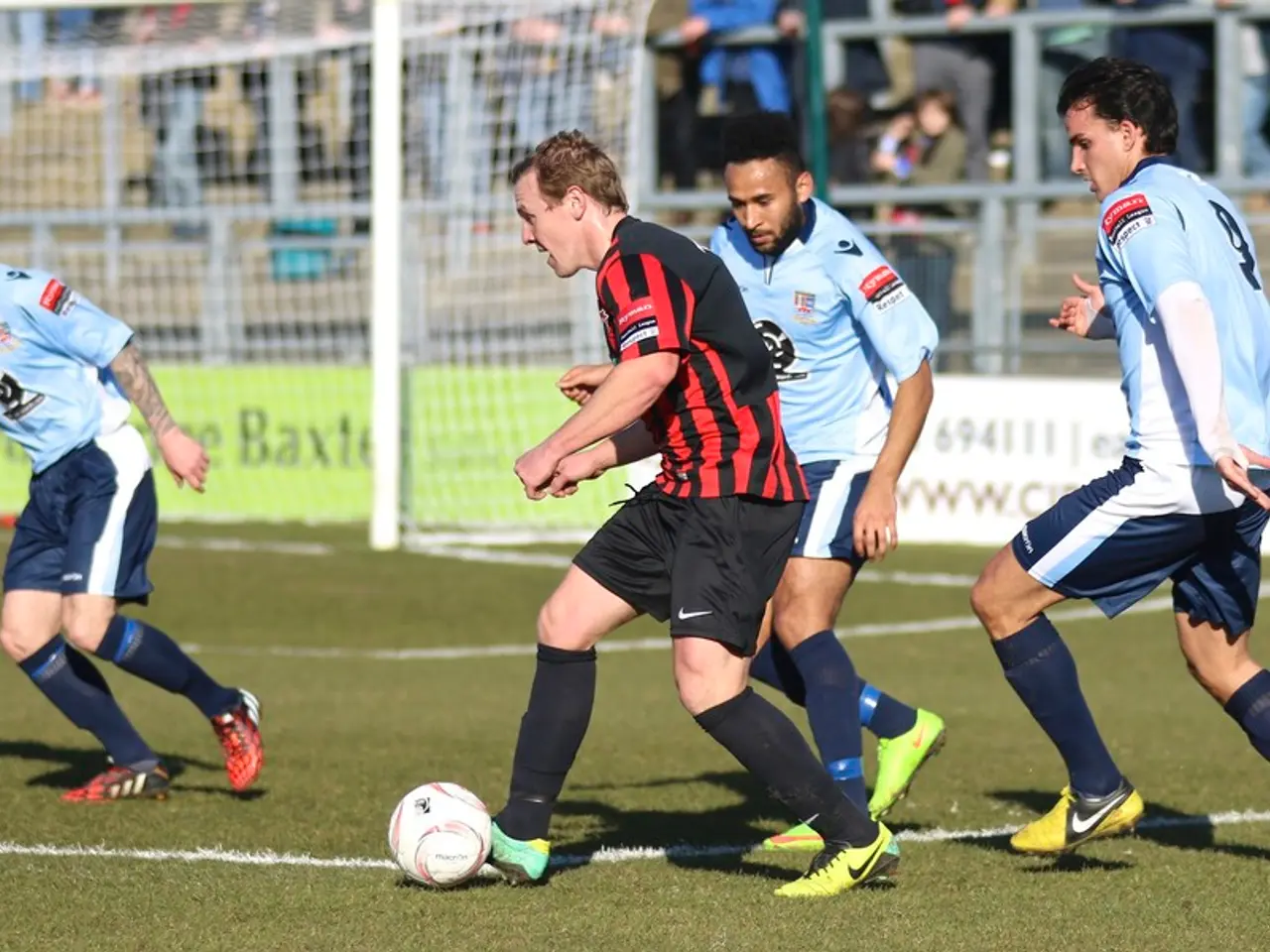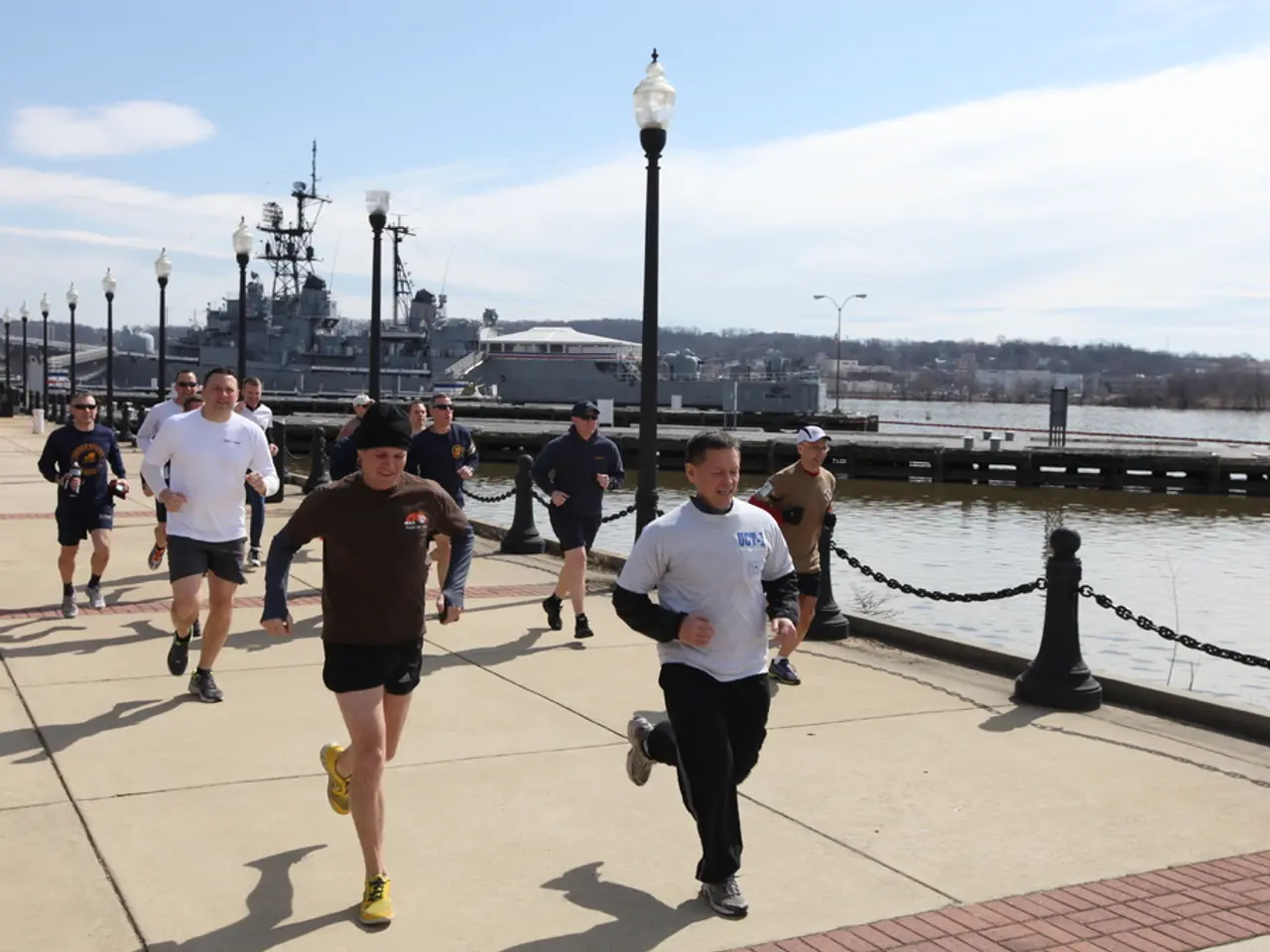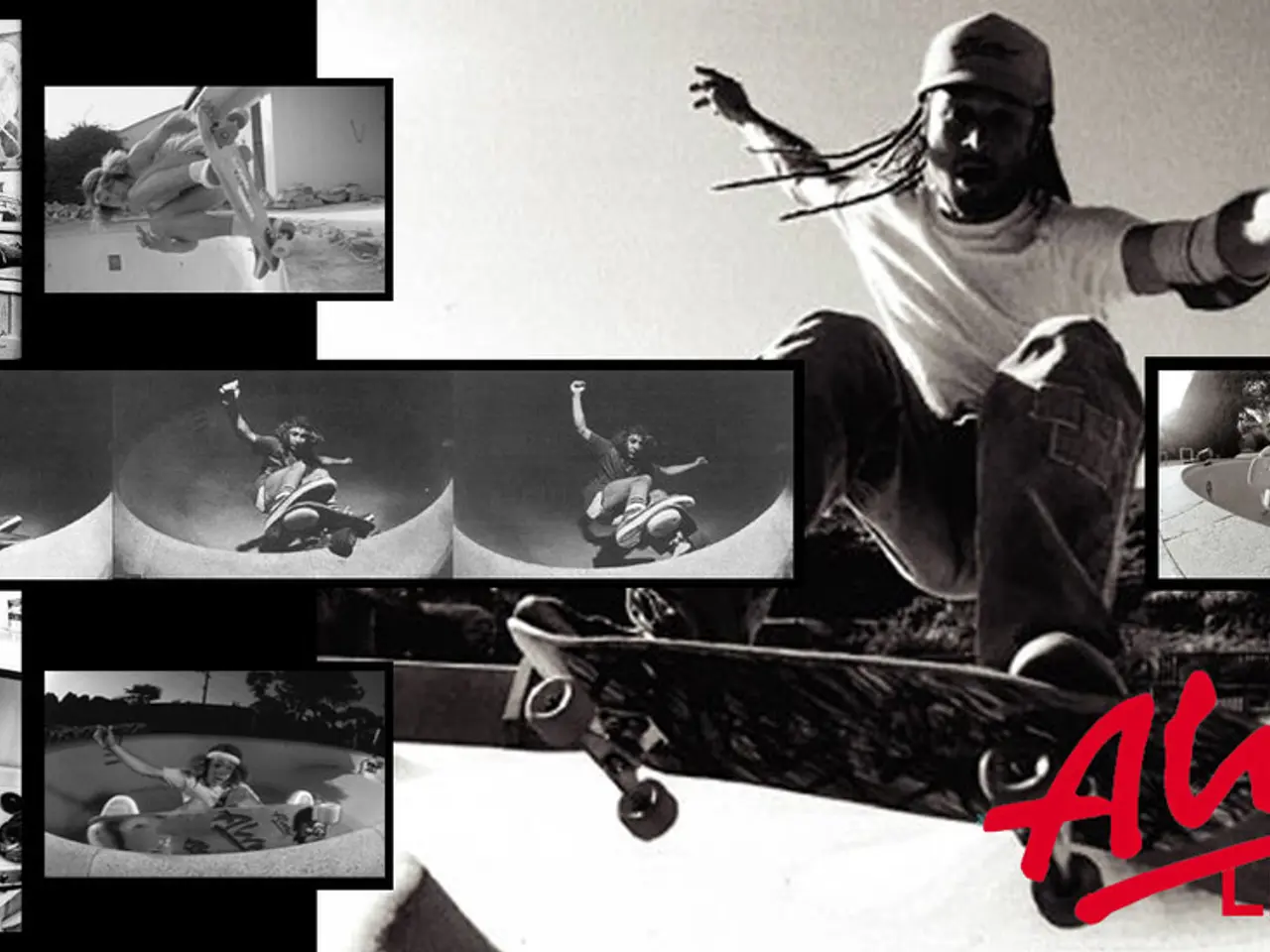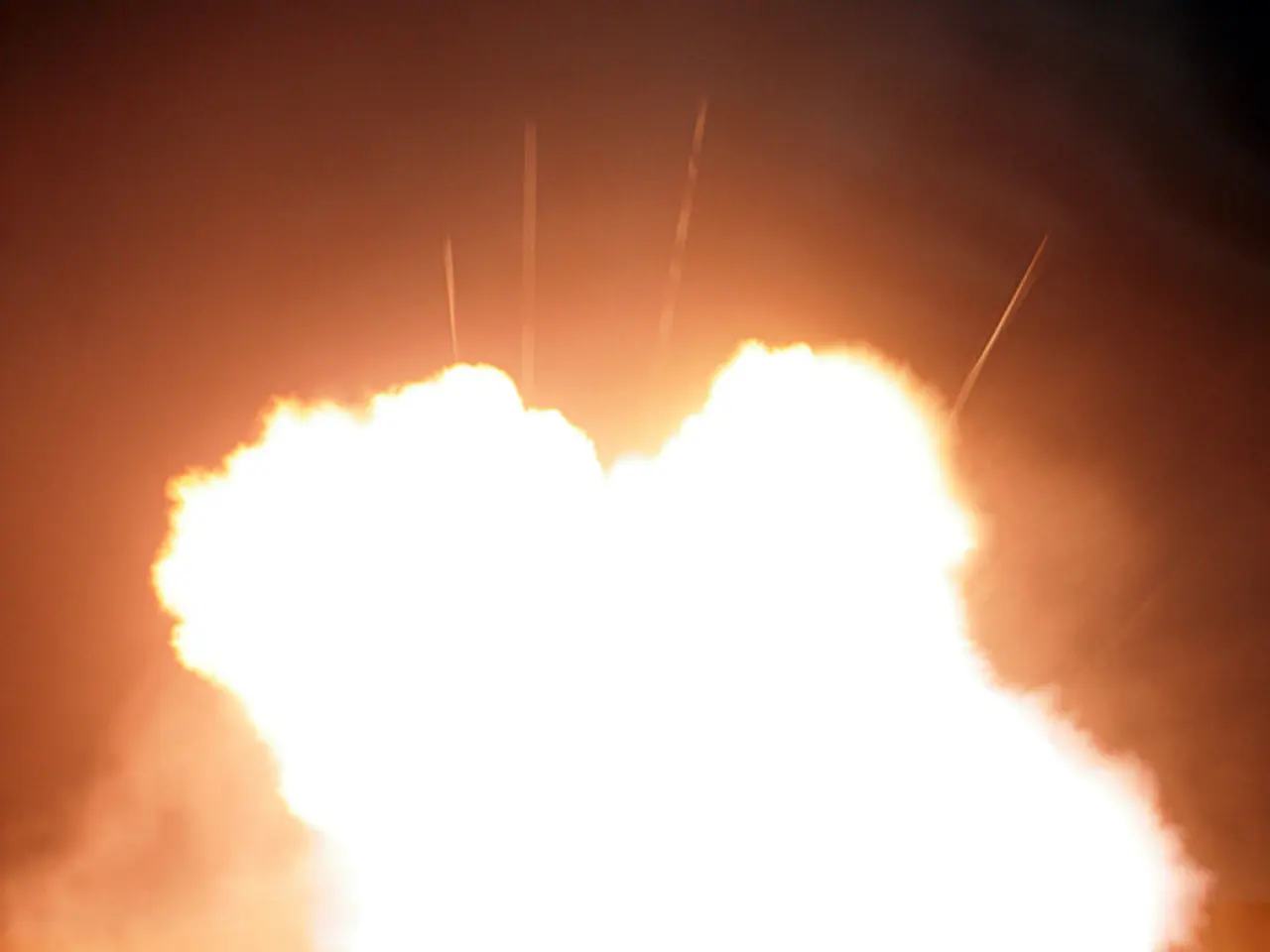Cycling's persisting issue with concussions is underscored by the Jonas Vingegaard case
In the world of professional cycling, the health and safety of athletes remain a top priority, especially when it comes to concussions. The recent incident involving Jonas Vingegaard, who tumbled off his bike during stage five of Paris-Nice earlier this month, has once again brought the issue of concussion management to the forefront.
Vingegaard confirmed that he suffered a concussion after the crash. The UCI's concussion protocol was followed in his case, as it is for all cyclists. However, the complexities of concussion diagnosis and management persist, as highlighted by Vingegaard's situation.
The UCI's protocol allows riders undergoing concussion tests to finish without losing any time, but this could be unfair, especially on a mountain stage. This was a dilemma Vingegaard faced, as he chose to complete the stage despite feeling dizzy.
Vingegaard's injuries forced him to withdraw from Paris-Nice. He is not expected to race until the Critérium du Dauphiné in June. His absence allowed Matteo Jorgenson to clinch victory in Paris-Nice.
The case of Vingegaard underscores the need for continuous improvements in detection, prevention, and rehabilitation strategies tailored to cycling's specific risks. Modern helmets, rated highly on systems like the STAR testing system, play a crucial preventive role by reducing concussion risks through absorbing linear and rotational forces during crashes.
Technological tools like the HEADCHECK concussion app platform, which USA Cycling has adopted for gold-standard concussion management, facilitate systematic concussion assessment and monitoring, enhancing athlete safety. Rest and graduated return-to-activity protocols based on symptom improvement are also fundamental tools in concussion care.
However, challenges remain. Concussion diagnosis and management remain complicated by the subtle and variable nature of symptoms, which can delay recognition and appropriate response. Ensuring consistent adherence to concussion protocols in the high-stakes, competitive environment of professional cycling is difficult.
Further challenges stem from the nature of cycling crashes, which often involve high speeds and complex impact dynamics that can overwhelm protective equipment and pose severe risks. Soudal Quick-Step's James Knox was stopped for a concussion test during the Tour Down Under two years ago, and after the test, he was disqualified for drafting cars to get back to the bunch.
Immediate concussion tests after every crash in cycling would disrupt races entirely. Riders and teams cannot always be relied on to make the best decision in the moment during a race. Riders undergoing concussion tests could be towed back to the bunch, but this could open the door for abuse.
Cycling needs to do more about concussion management to ensure the safety of its athletes. Brain injuries in cycling remain a constant threat due to the difficulties in enforcing concussion protocols fully. There is no easy solution to concussion management in cycling, as it presents many grey areas and potential for abuse.
As we move forward, it is crucial that the cycling community continues to work towards improved concussion management strategies, ensuring the safety and well-being of its athletes. Vingegaard's injury serves as a reminder of the challenges that still need to be addressed in this area.
Sports, such as cycling, emphasize the need for advancements in concussion diagnosis and management, particularly because the complexities and uncertainties surrounding concussions persist, even with protocols like the UCI's and technological tools like the HEADCHECK concussion app. Furthermore, the high-stakes, competitive nature of professional cycling poses challenges in ensuring consistent adherence to concussion protocols.








